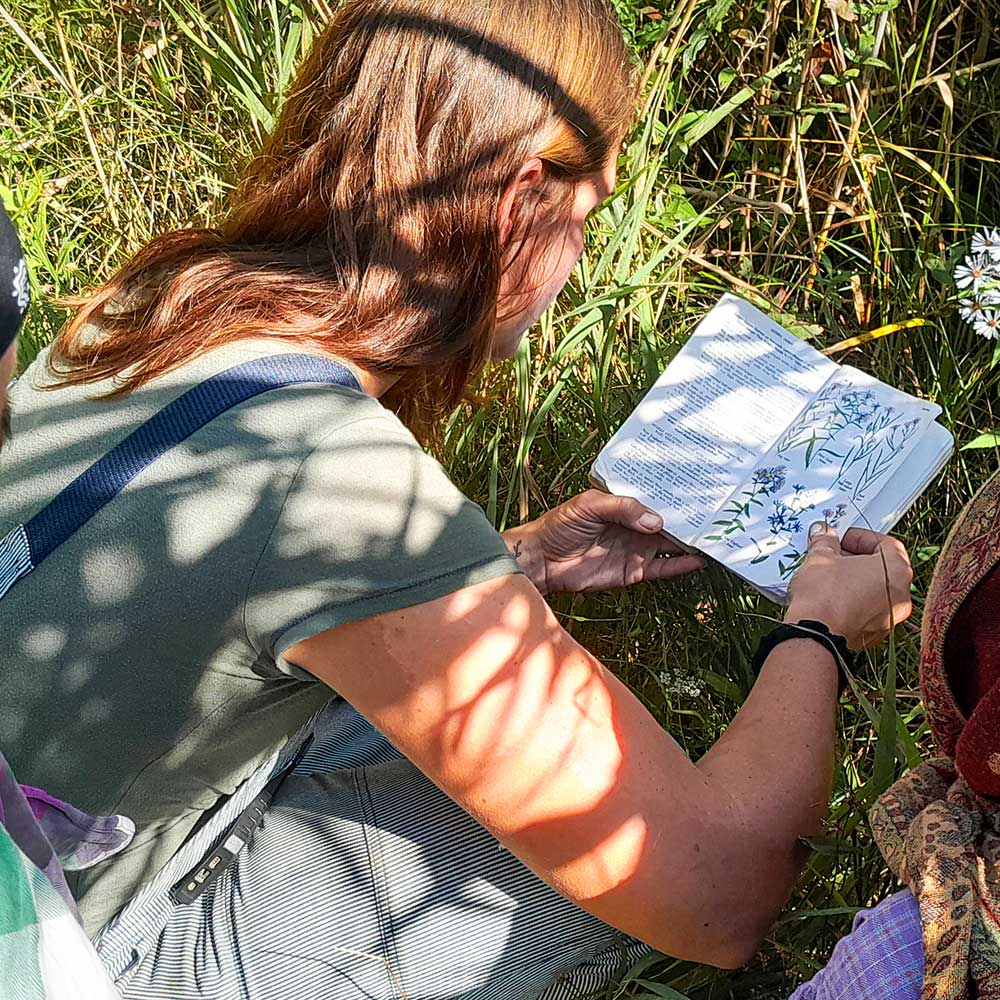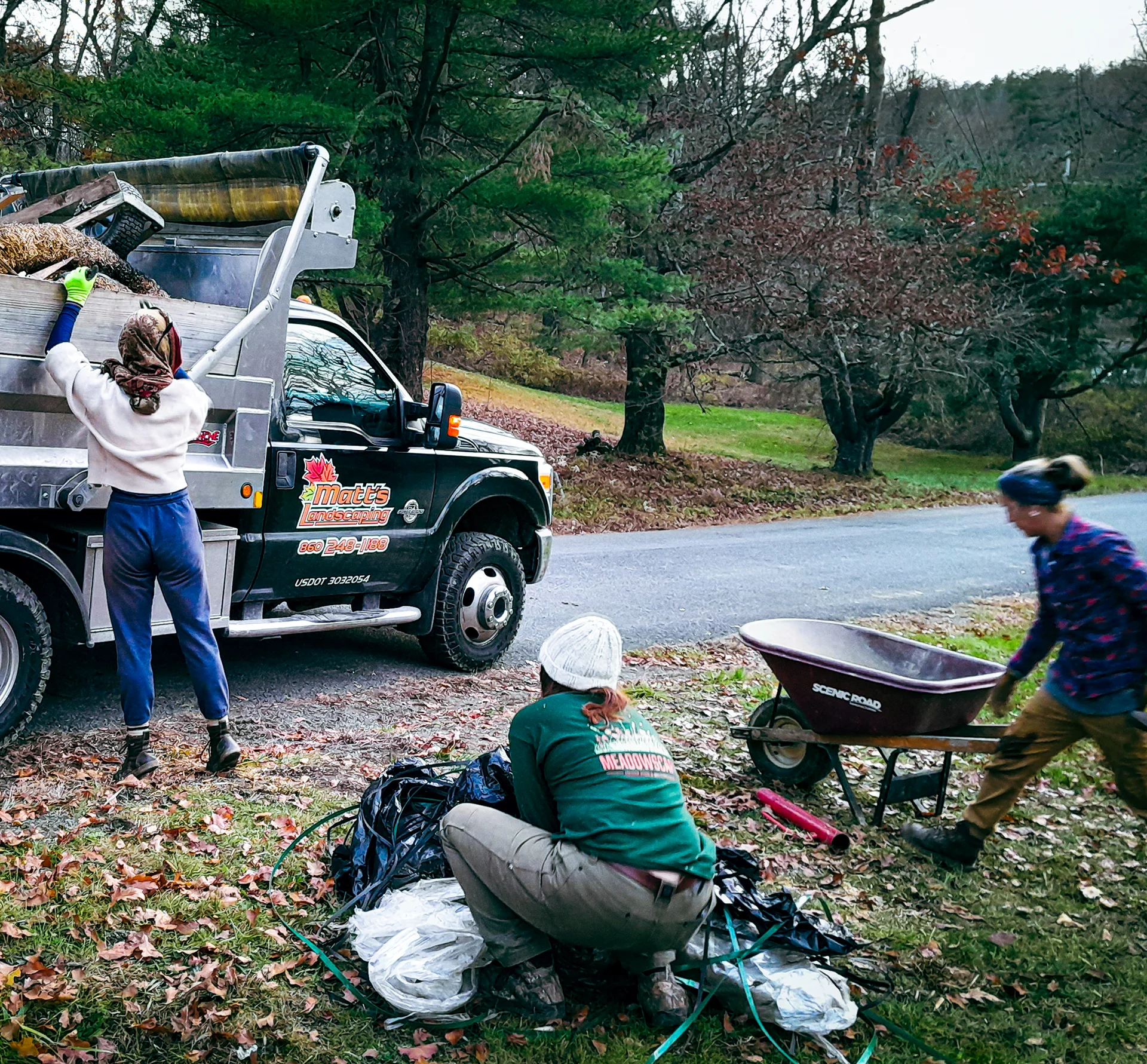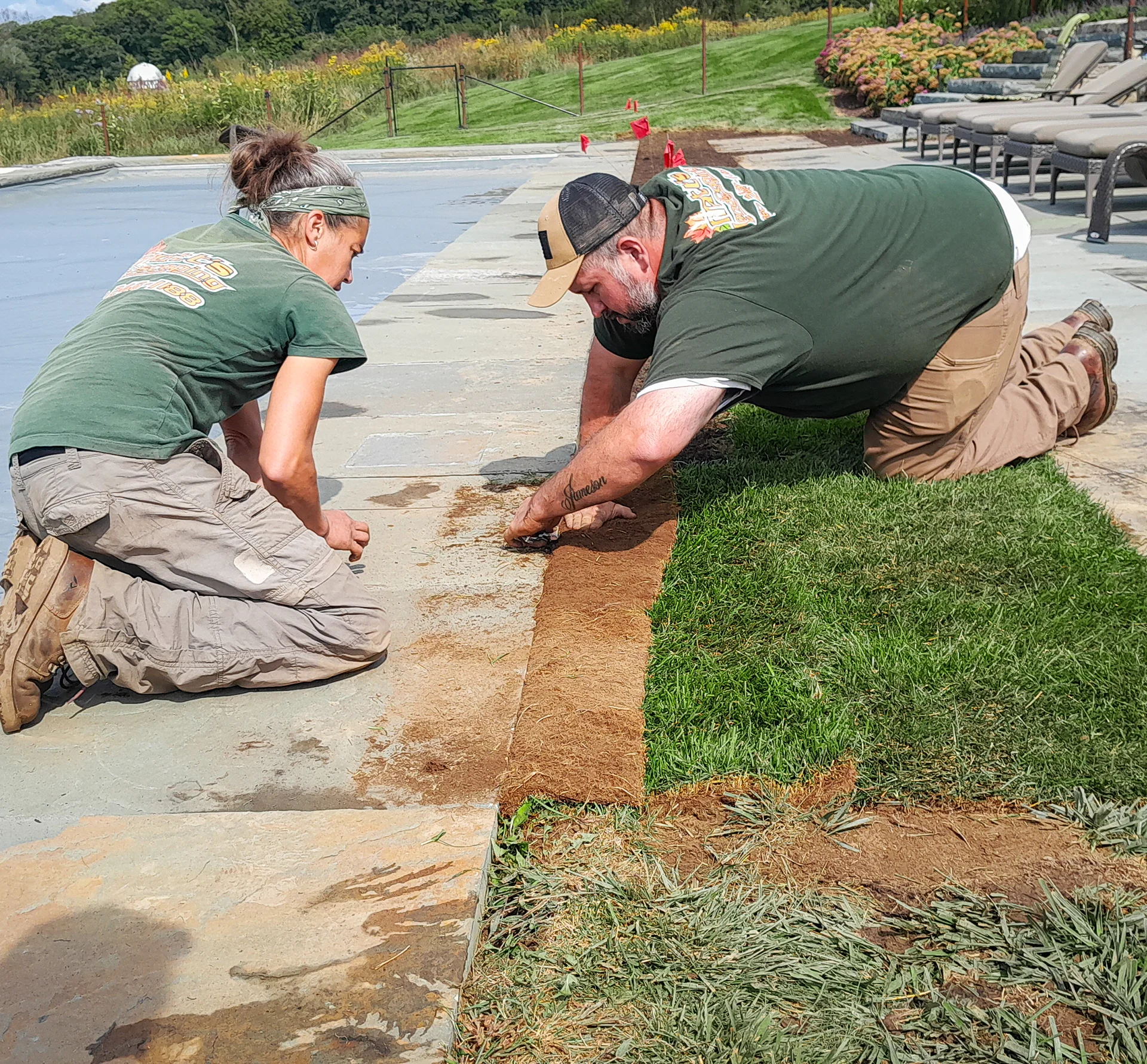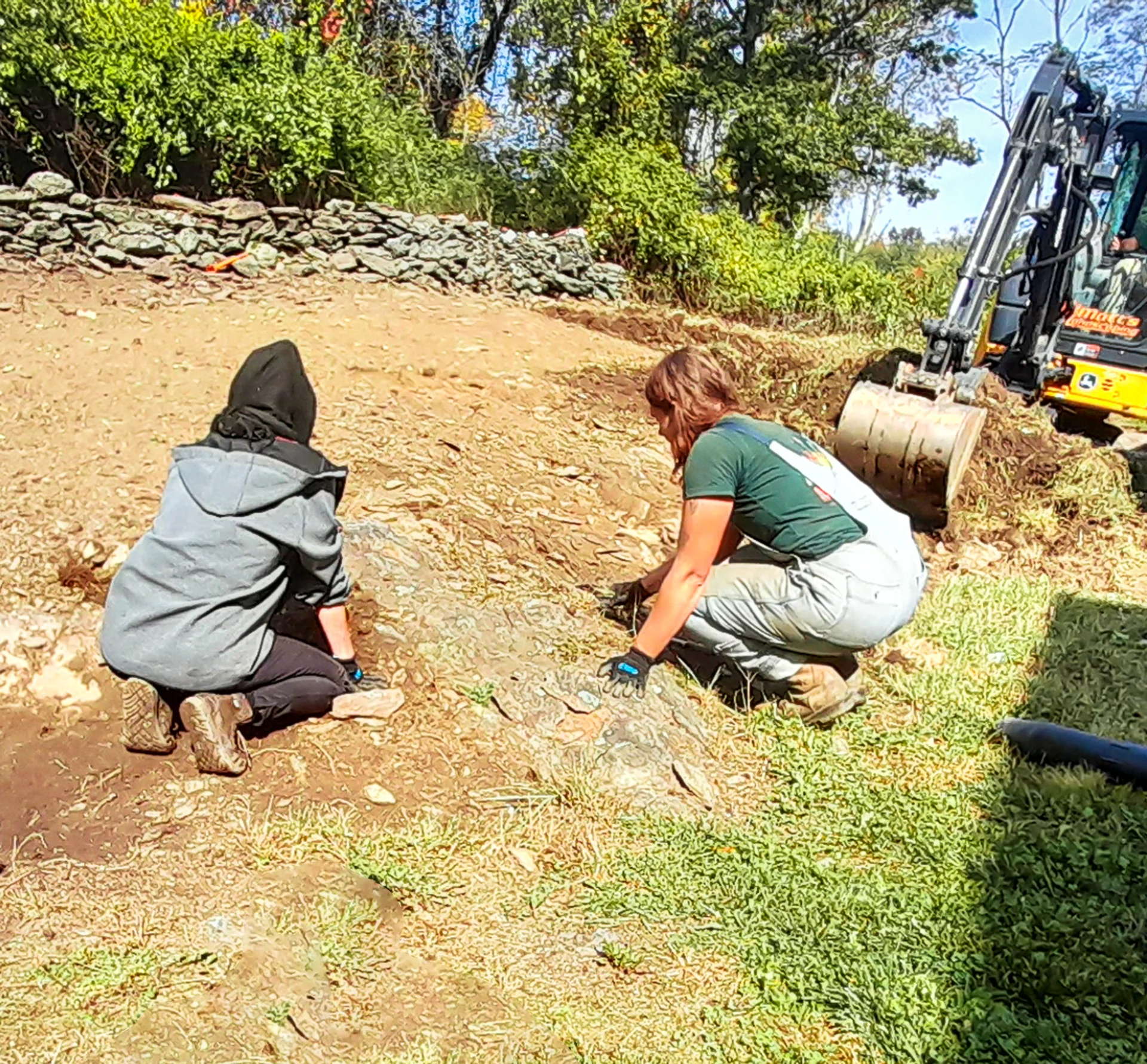A New Way to Garden
We design our meadows to be ecologically diverse based on the underlying characteristics of the landscape, hydrology, and soil.
About Meadowscapes
Native meadows evoke a sense of familiarity and calm. It is as if our bodies can physically sense the balanced ecological dynamics at play. Though native prairie calls an image of endless plains in the midwest, there is strong anthropological evidence that our eastern woodlands were burned and managed as open landscapes throughout human history in the northeast. We also know that there were grasslands and meadows here due to the historic presence of bird species like bobolinks, grasshopper sparrows and eastern meadowlarks, who rely on large open acreage to breed.
The benefits of native meadows to our ecosystems and to human health are extensive. The time and money we spend mowing lawns, applying synthetic fertilizers and herbicides, and emitting carbon dioxide to remove leaves is truly a multifaceted waste. European turf grass provides about as much benefit to fauna as a parking lot. Many of our native grasses and wildflowers are now a rarity, which is drastically reducing the populations of those insects who rely on them to breed. We must collectively make a commitment to shifting the ornamental landscape paradigm.
We design our meadows to be ecologically diverse based on the underlying characteristics of the landscape, hydrology, and soil. Each plant seeded fills a niche; temporally, seasonally, and functionally. By designing like nature, we can create a self sustaining ecosystem that supports a broad array of life to remain in perpetuity.

Beth Romaker
Project Manager and Landscape Designer
Beth Romaker is the project manager and landscape designer for Meadowscapes. At the University of Vermont, she graduated with a B.S. in Forest Ecology and a minor Ecological Agriculture, with a few semesters of Landscape Architecture and Permaculture mixed in. She worked for a few years as an Ecological Forest Health Technician in wild landscapes across the East Coast assessing forest health through observation and data collection with agencies like The Nature Conservancy and the National Park Service. She decided she wanted a more hands-on approach to ecology and ecological restoration, and moved on to work for the NYC Parks Department as a Forester, and then to a native plant and nut tree farm in the Hudson Valley. Her leading role with Meadowscapes is the perfect culmination of all her life’s experiences.





